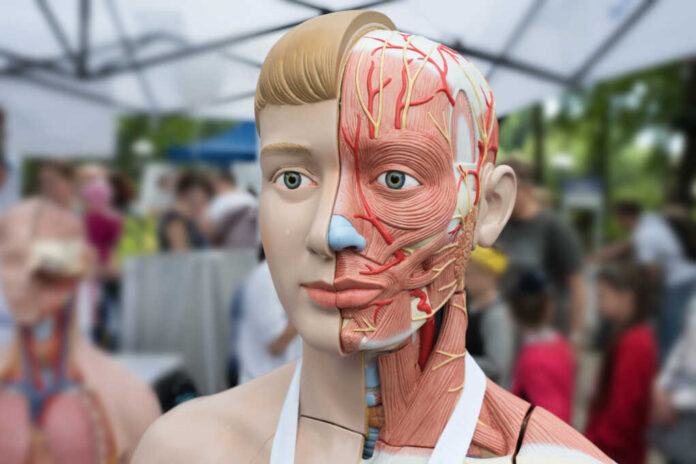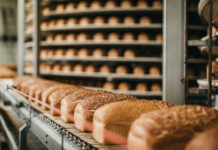
Every organ within the 11 organ systems of your body collaborates to enable various activities such as breathing, digestion, and movement.
Various organs cooperate to accomplish specific tasks, such as the breakdown of food in your digestive system. These coordinated units are known as organ systems. Organ systems combine efforts to create fully functional organisms, such as humans.
In total, the human body comprises 11 major organ systems.
- Nervous System: Signals are sent from one area of the body to another via the nervous system. It consists of the nerves, spinal cord, and brain. Its primary duties include processing sensory data, regulating physiological processes, and directing movement.
- Reproductive System: The process of producing offspring involves the reproductive system. It consists of the penis, which transports sperm to the female reproductive system, and the testes, which generate sperm in males. It comprises the uterus, where fertilized eggs grow into embryos, and the ovaries, which generate eggs in females.
- Respiratory System: The respiratory system is in charge of breathing, which entails taking in oxygen and releasing carbon dioxide. It consists of respiratory, tracheal, and bronchial organs. Gas exchange between the body and environment is its primary purpose.
- Urinary System: The urinary system is in charge of keeping the body’s water balance and eliminating waste items. It consists of organs like the bladder, urethra, ureters, and kidneys. Urine production and removal from the body is its primary job.
- Lymphatic System: The lymphatic system plays a role in fluid homeostasis and the immunological response of the body. It consists of organs like the spleen, lymph nodes, and lymphatic arteries. Fighting infections and filtering lymph, a fluid that contains white blood cells, are two of its primary duties.
- Integumentary System: This system consists of the skin, hair, nails, and glands. It controls body temperature, acts as a barrier against infections, and facilitates feeling.
- Musculoskeletal System: The joints, muscles, and bones make up the musculoskeletal system. It gives the body mobility, stability, and support.
- Endocrine System: The hormones produced by these glands control a number of biological processes, including growth, metabolism, and reproduction.
- Immune system: The immune system defends the body against foreign chemicals and infections. It consists of lymphoid tissues, bone marrow, and organs like the thymus. One of its primary duties is to locate and eliminate dangerous intruders.
- Digestive System: The digestive system is in charge of converting food into nutrients the body can absorb. It consists of organs such the pancreas, liver, intestines, and stomach.
- Circulatory System: The blood, oxygen, and nutrients that are transported throughout the body are carried via the circulatory system. It consists of blood vessels, the heart, and blood itself. Its primary duties include eliminating waste and providing cells with nutrition and oxygen.
Vital and Non-Vital Organs Of Our Body:
Vital Organs:
- Brain: Controls body functions, processes sensory information, regulates movement, stores memories, and manages emotions.
- Heart: Pumps blood throughout the body, supplying oxygen and nutrients to cells and removing waste.
- Lungs: Facilitate breathing by extracting oxygen from inhaled air and expelling carbon dioxide, aiding in cellular respiration.
- Liver: Performs metabolic processes such as detoxification, nutrient metabolism, bile production for digestion, energy storage, and protein synthesis.
- Kidneys: Filter waste and excess fluids from the bloodstream to produce urine, regulate blood pressure, electrolyte balance, and red blood cell production.
Non-vital Organs:
- Gallbladder: Stores and concentrates bile for fat digestion.
- Pancreas: Produces digestive enzymes and hormones like insulin and glucagon to regulate blood sugar levels.
- Stomach: Receives, mixes, and partially digests food with gastric juices before passing it to the small intestine.
- Large Intestine (Colon): Absorbs water and electrolytes from undigested food, forming feces for elimination and hosting beneficial bacteria.
- Appendix: Possibly involved in immune function by housing beneficial bacteria and aiding in defense against infection. Inflammation may necessitate surgical removal.


















